© ROOT-NATION.com - Use of content is permitted with a backlink.
Ukrainian troops are successfully using a portable NLAW short-range anti-tank guided missile provided by the United Kingdom against the occupants’ armored vehicles. Today we are going to talk about this powerful weapon in more detail.
Thanks to the variety of modern weapons that Ukraine has received from our Western partners, the Armed Forces are able to repel the attacks of the occupants, despite the Russians’ advantage in number of armaments. They felt the strength of the Armed Forces, the National Guard and the Territorial Defense along the entire front line. The enemy suffered devastating defeats on many battlefields, a large number of enemy equipment was destroyed, and its superiority is becoming more and more illusory from day to day. The missile systems are of great importance here, including launchers that destroy aircraft and ground units of the aggressor. This powerful weapon helped our military not only stop the enemy, destroy hundreds of their tanks, infantry fighting vehicles, armored personnel carriers and armored vehicles, but also push their away from their positions.
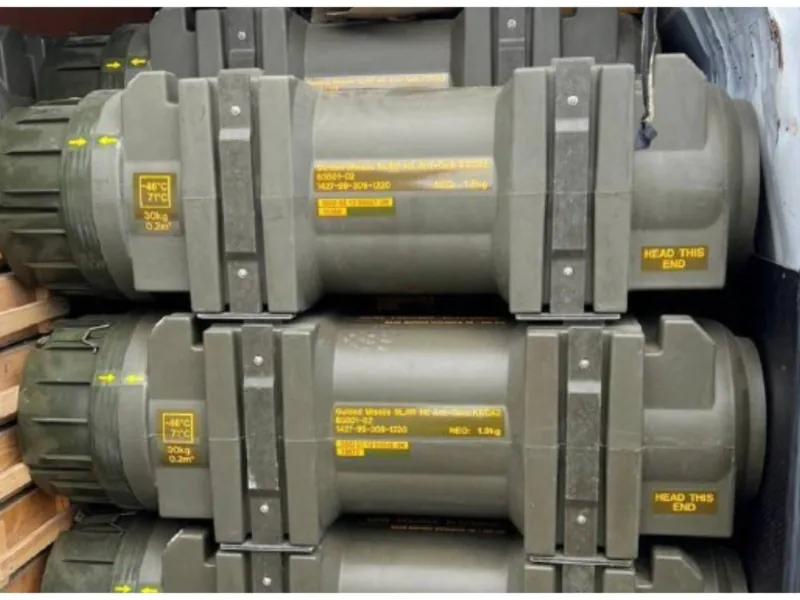
We have already written about some missile systems, both anti-missile and anti-tank. Today we will get acquainted with the powerful NLAW anti-tank missile, which has recently been delivered to Ukraine by British C-17 Globemaster III transport aircraft.
Read also: Weapons of Ukrainian victory: Anti-aircraft weapons that protect our skies
NLAW, or the next-gen light anti-tank weapon
NLAW is an anti-tank missile developed jointly by the British (Thales Air Defense) and the Swedes (Saab Bofors Dynamics). This weapon is already in service in 9 countries, the last recipient is Ukraine. As the name suggests, this is a new generation missile. This anti-tank missile belongs to the same class as Javelin, TOW or Spike. The developers tried to make it not too heavy, however, the fact that the missile is smaller in size and weight does not mean worse efficiency if compared to its counterparts, and it even has its advantages in use in certain conditions.

NLAW can effectively hit targets from 20 m to 800 m. The upper limit applies to stationary targets, and the maximum distance for moving targets is 600 m. For comparison, Javelin can attack a target at a distance of more than 2000 m, and in some variants and methods of use, up to 5000 m. Therefore, the difference is huge.
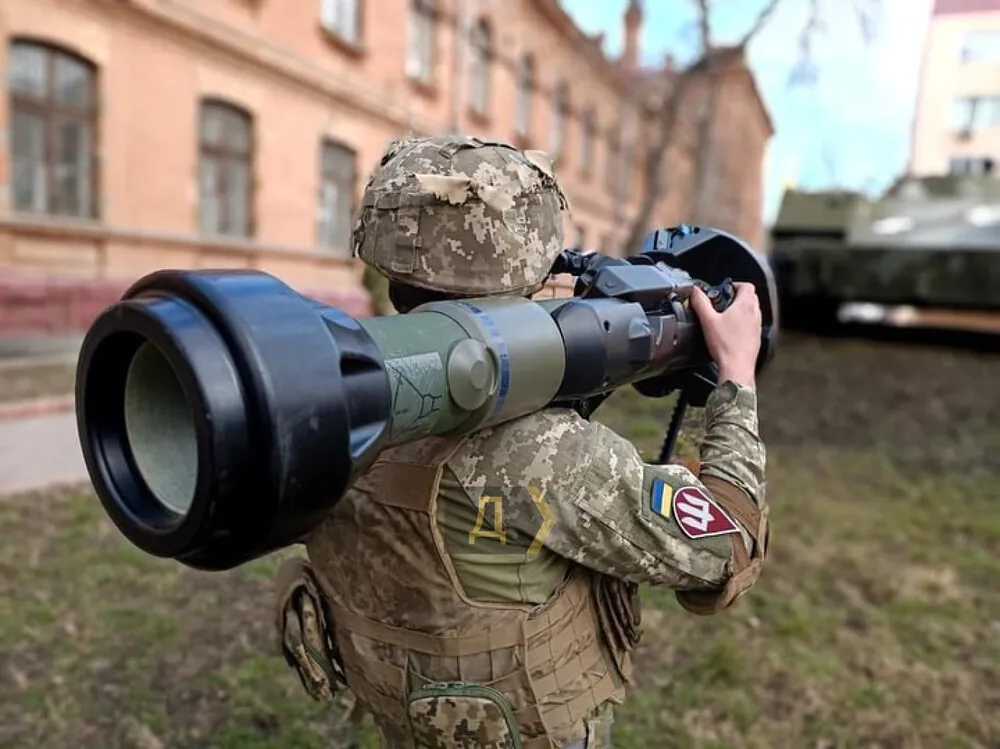
However, the minimum value is important, the 20 m. The heavier missiles mentioned above cannot hit targets from such a distance. NLAW has the ability to strike from very close distances, which can be extremely important during urban combat.
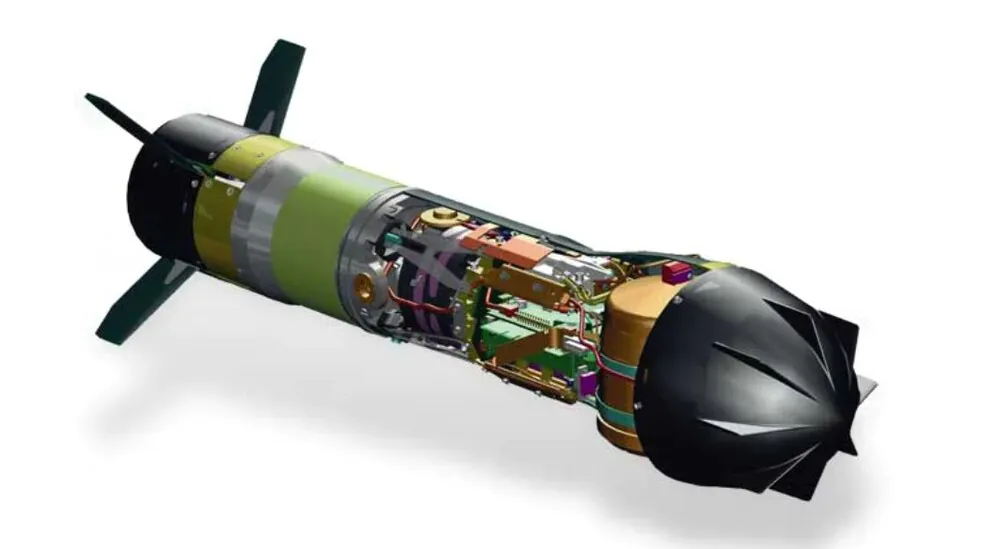
The word ‘light’, which is present in the name of the missile, indicates its light weight, which is very important for its use by infantry. NLAW is operated by one fighter and weighs only 12.5 kg, so there are no problems with its transportation and use, even in difficult terrain.
The manufacturer also states that the missiles can be stored for 20 years, and even after that period will serve their intended purpose.
Read also: Invasion of Ukraine: Bayraktar TB2 strike UAV review
What targets can NLAW hit?
We have already talked about the distance at which NLAW can operate, but we have not yet specified the most important thing, the targets this missile can hit. According to the manufacturer, this missile can effectively attack all types of modern main battle tanks (OBT). The manufacturer claims that NLAW can pierce armor up to 500 mm thick. The time between detection and engagement of the target is only 5 seconds, so any active defensive actions of the tank crew are limited.
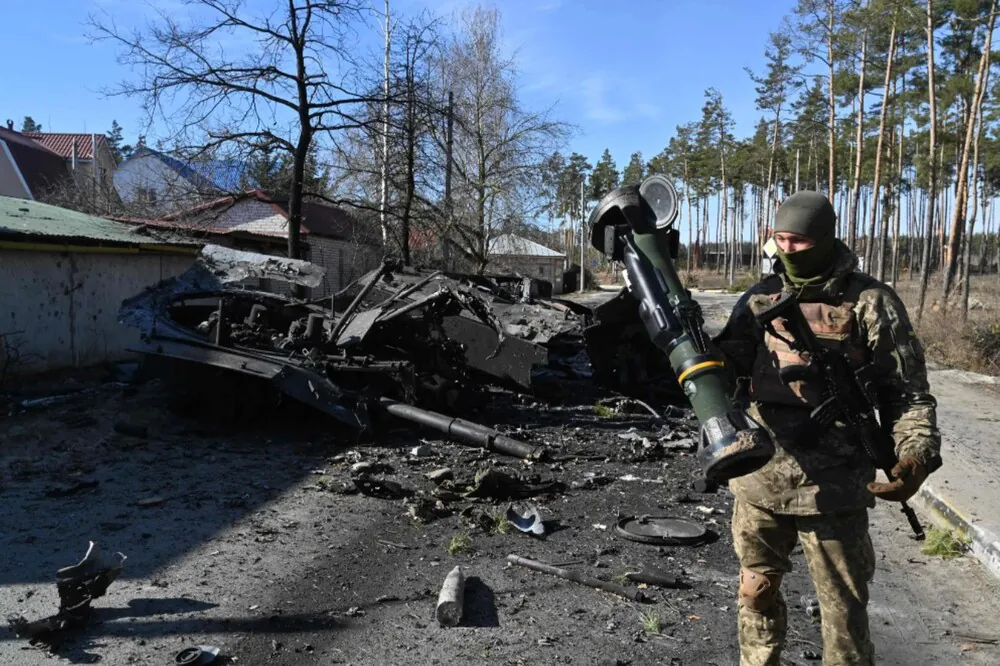
The manufacturer notes that it is almost impossible to defend against an NLAW attack. We cannot confirm or deny this assertion because we do not know whether such protection exists.
The undoubted advantage of the missile is the ability to attack from different positions. The operator can be in a trench, hiding behind a tree, for example, or shooting from a shelter, the upper floors of buildings or from a basement. NLAW will still fly to the specified destination. Moreover, it is possible to launch the missile even at a 45 degrees angle or from inside the building. All this is very important during urban battles.
Read also: Switchblade: American kamikaze drones to protect Ukraine
NLAW is hard to fool
According to the manufacturer, the NLAW system works in such a way that it is difficult to deceive. Although tanks are equipped with self-defense systems, terrain conditions can further complicate the task of the shooter. NLAW has an inertial guidance system with bias along the line of sight, thus it cannot lock on to engine heat or electromagnetic radiation, for example. The operator’s task is to track the target for a few seconds through a computerized sight, and then press the trigger. The missile does the rest on its own, that is, it works by the ‘fire-and-forget’ the principle.
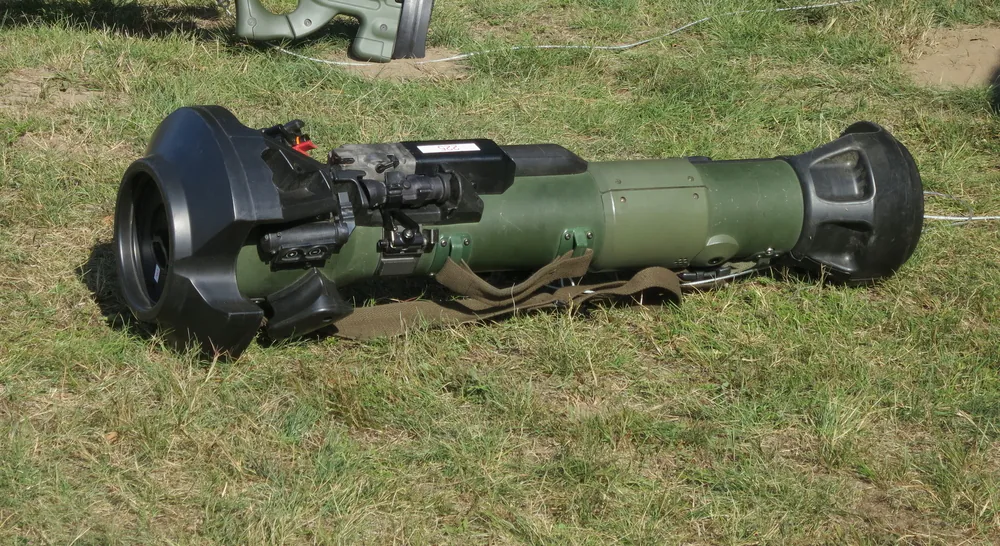
The NLAW missile can be used in two main modes. These are Overfly Top Attack (OTA) and Direct Attack (DA). The first mode is effective against tanks, as it attacks from above, in a place where modern combat vehicles have relatively weak protection. The second mode is designed for direct fire and attacking lightly armored targets or enemy units in buildings and fortifications.
Top Overfly Top Attack mode can be used even if the target is only 20 m away from the operator. Last but not least, the operator of the NLAW does not need to see the entire tank. He only needs to track a fragment of the tank, and the missile itself will be able to adjust the flight path so as to effectively destroy the target.
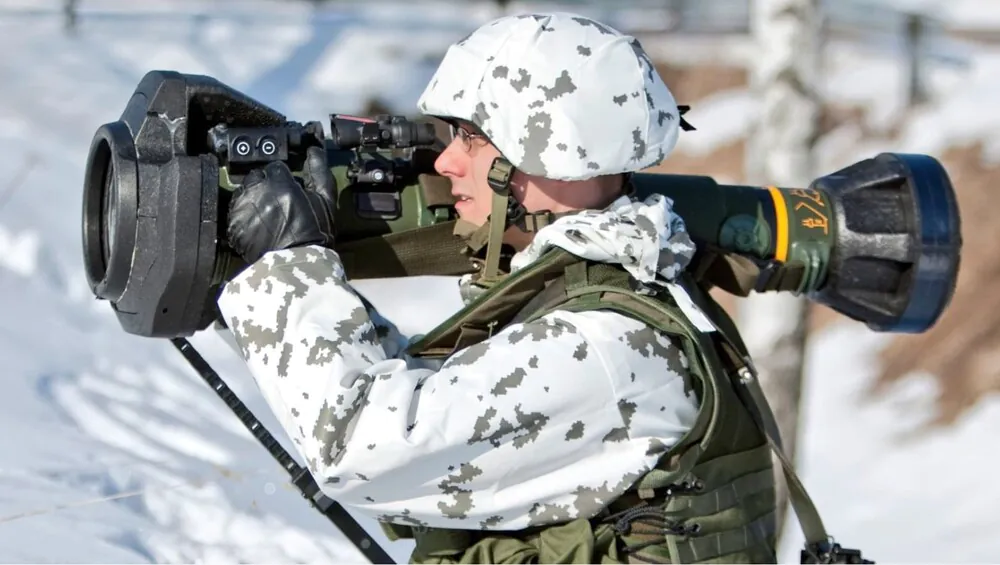
NLAW’s Direct Attack mode can also be used to destroy unarmored vehicles and helicopters.
Read also: Weapons of Ukrainian victory: The military praise the Piorun MPADS
Easy to use
NLAW has a ‘soft launch’ mode, which means that the missile is ejected without explosion and can be used by infantry from closed spaces. The light weight of the missile, only 12.5 kg, allows the operator not only to shoot easily, but also to carry additional weapons, such as a rifle. Like the American Javelin, NLAW can aim at the top of the tank turret, where armor is usually weakest, the operator only needs to aim one meter above the object, and the downward-aimed charge can do the rest.

The time from target detection to target hit is approximately five seconds. NLAW can be used to attack from almost any position, from the top of a building, from behind a tree, or even from a trench. Operators can fire at an angle of 45 degrees, and shoot from inside the building, from the basement or from another shelter outside the range of most tanks. In direct attack mode, NLAW can be used against unarmored targets, including trucks, buses and helicopters, or also fired on buildings where it can cause significant damage. The launch tube has a mount for any thermal imaging or night vision sights, which also increases the effectiveness of these weapons.
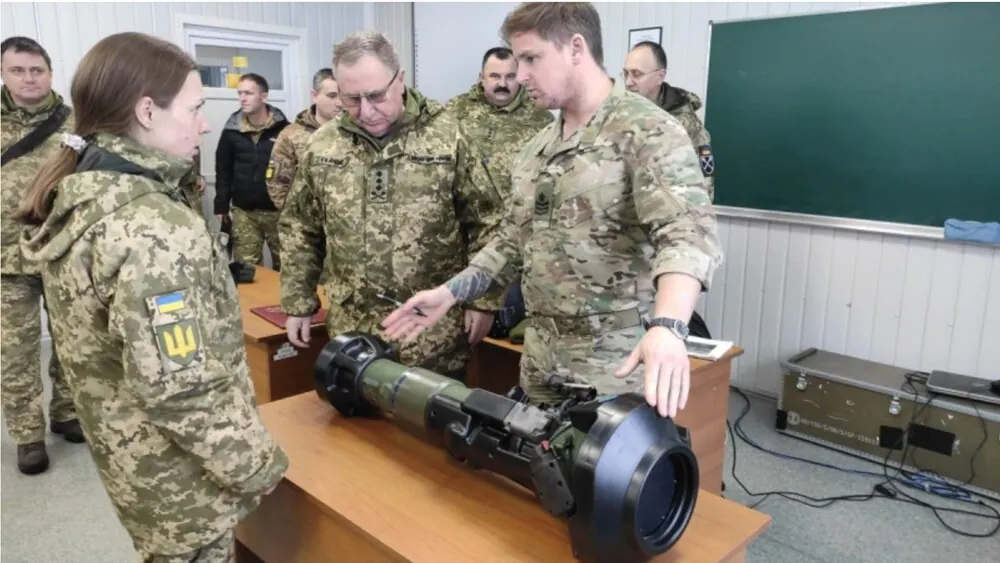
However, like other modern anti-tank weapons, NLAW is a ‘one shot, one hit’ platform. Although at $40,000 per unit, it’s not exactly ‘cheap’, but it’s still an effective way to destroy a target that costs much more, such as a main battle tank.
Read also: Weapons of Ukrainian Victory: Review of Starstreak MPADS
Specifications of NLAW ATGM
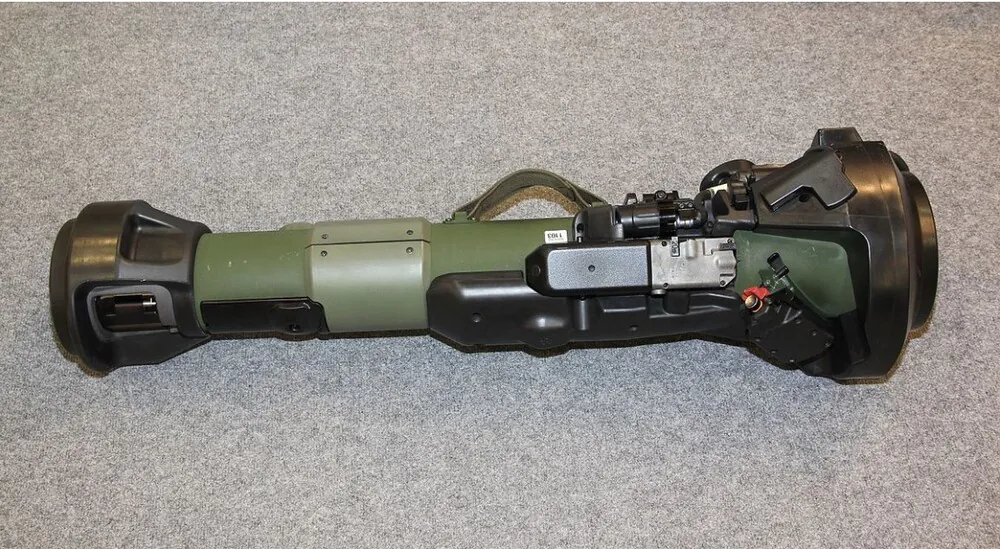
- Type: anti-tank guided missile complex
- Manufacturer/developer: Sweden/Great Britain
- Manufacturing company: SAAB Bofors Dynamics Ltd/Thales Air Defencе
- Caliber: missile 150 mm, cumulative warhead 102 mm
- Launcher tube diameter: 115 mm
- Length: 1016 mm
- Weight: 12.5 kg
- Crew: 1 person
- Operating temperatures: –38°С to +63°C
- Shelf life: 20 years
Read also: Weapons of Ukrainian victory: FIM-92 Stinger MPADS
Tutorial: How to use NLAW ATGM
Below you can find video tutorial on how to use NLAW

Will NLAW missiles help Ukraine?
Ever since Bazooka, Panzerfaust, and PIAT emerged during World War II, short-range anti-tank infantry weapons have proven their worth, forcing enemy armor to stay at a distance, making tank attacks without auxiliary infantry shields more dangerous. During the Cold War, a new generation of such portable weapons was developed, such as the RPG-7 and LAW, which greatly increased the military’s ability to destroy armored vehicles that they would not otherwise be able to destroy.
As can be seen from the description above, NLAW is a typical defensive weapon designed to repel enemy attacks and close combat. And if used properly, it can pose a serious threat to Russian vehicle columns attacking Ukraine.
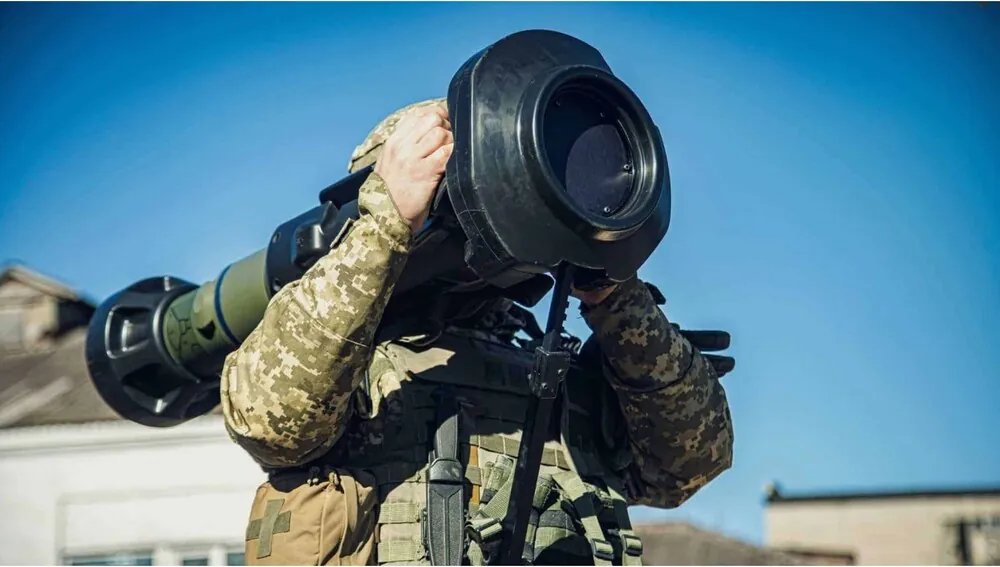
NLAW has greater range and accuracy at long distances than RPG or LAW weapons, so this system falls into the category of powerful anti-tank guided missiles (ATM), such as TOW, Javelin or Kornet. Long distance not only increases the possibility of attack, but also significantly reduces the detection of the operator by the enemy and fire in response.
Unfortunately, the modern Russian military doctrine of ‘contactless warfare’ emphasizes the destruction of enemy forces at great distances with the help of artillery and with the support of remote surveillance devices such as drones. According to this doctrine, the destruction of enemy forces is achieved mainly at distances where the target simply can not shoot back. Although in the first days of the invasion the orcs tried to act by aggressively attacking with tanks and infantry, engaging with direct fire, and thus suffered significant losses. But now they have changed tactics and are trying to avoid direct contact.
Of course, the Ukrainian military is trying to use the terrain to avoid fire from a great distance, and to ambush Russian forces at more favorable distances for combat. But the situation is complicated by the fact that the territory of Ukraine, for the most part, consists of open plains without natural protection. However, in urban areas, where buildings limit the field of view, short-range weapons, such as NLAW, play a very important role and can cause great damage to enemy armor. Thus in these conditions it will bring the greatest benefit to our military.
This state-of-the-art Swedish-British anti-tank missile, considered the world’s best weapon for urban combat, helps our military effectively destroy occupant tanks. There are already hundreds of destroyed tanks and other armored vehicles within the month of use. The Russian army has no analogues of such weapons, NLAW terrifies orcs.
Therefore, we are confident that we will defeat these savage hordes of murderers, rapists and looters, liberate cities and villages, expel the invaders from our land. Everything will be Ukraine! Glory to Ukraine! Death to enemies!
You can also help Ukraine fight with Russian occupants via Savelife or via an official page of the National Bank of Ukraine.
Read also: Weapons of Ukrainian victory: ATGM Stugna-P – Russian tanks are in trouble

